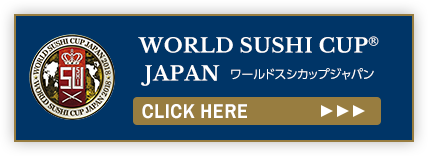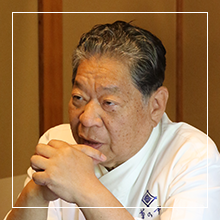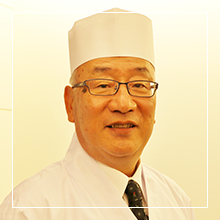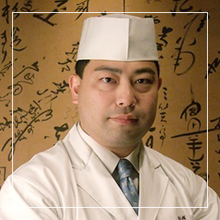About the Washoku World Challenge
The Washoku World Challenge is a cooking contest in which Japanese cuisine chefs from all over the world compete in technical expertise and passion for Japanese food. The contest, in its 6th year, is organized by the country’s Ministry of Agriculture, Forestry and Fisheries, for non-Japanese chefs.
To widen the door for chefs like you to share your love for Japanese cooking, this time we will be holding qualifying tournaments in five cities worldwide (Paris, New York, Los Angeles, Bangkok, and Osaka). The six chefs who pass the qualifiers will be invited to the final tournament, to be held in Tokyo on January 28th and 29th, 2019. This is an excellent opportunity for you to test your talent in washoku. Don’t miss it!
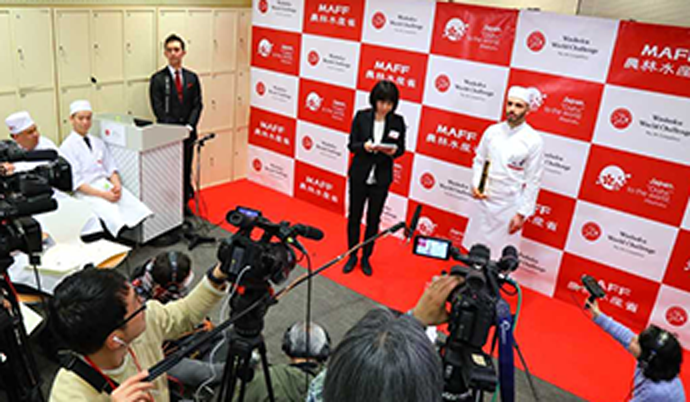
If you advance to the qualifying tournament, you will:
- Be able to participate in Japanese cooking seminars by leading Japanese cuisine chefs.
- Have the chance to apply for the Certification of Cooking Skills for Japanese Cuisine in Foreign Countries (Bronze)
If you advance to the final tournament, you will:
- Be invited to the final tournament in Japan, with travel expenses paid for
- Be able to participate in Japanese cooking training seminars in Japan
PARTICIPER À UN CONCOURS
TÉLÉCHARGER UNE BROCHURE (PDF)วิธีการสมัคร
ใบปลิว(PDF)The basics of Japanese cuisine “Five Flavors, Five Colors, Five Ways”
A fundamental concept of Japanese cuisine is “Five Flavors, Five Colors, Five Ways (of cooking).” The five flavors are: sweetness, sourness, saltiness, bitterness, and UMAMI. The five colors are: red, blue/green, yellow, white, and black. The five ways of cooking are: cutting, simmering, grilling, steaming, and deep-frying. By combining these, Japanese cuisine brings out the full, mouthwatering potential of each ingredient.
Contest Theme: UMAMI
What is UMAMI?
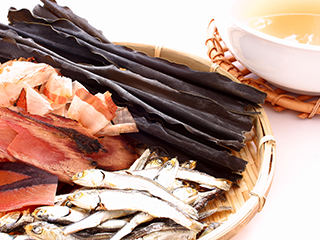
UMAMI is the source of the savoriness of Japanese cuisine. It is one of the five basic tastes, the others being sweetness, sourness, saltiness, and bitterness, and an important component of a dish’s flavor. Recognition of UMAMI has increased in recent years, and the word has made its way into many non-Japanese dictionaries. The UMAMI taste is usually a product of some combination of inosinic acid, amino acids such as glutamic acid, and nucleic acids such as guanylic acid. In Japan, the technique of extracting UMAMI from kombu kelp and bonito flakes to create dashi broth was developed approximately 500 years ago. Many cookbooks were published in the mid-Edo period (around 1651-1745), and these strongly advocated the importance of dashi. Japan has a long history of valuing dashi highly, and its UMAMI has brought out the flavors of ingredients and played key roles in the creation of delectable dishes. The basic dashi is made with kombu kelp and bonito flakes. The combination of the glutamic acid in kombu and the inosinic acid in bonito flakes create a delicious UMAMI taste.
This Year’s Theme: IRODORI
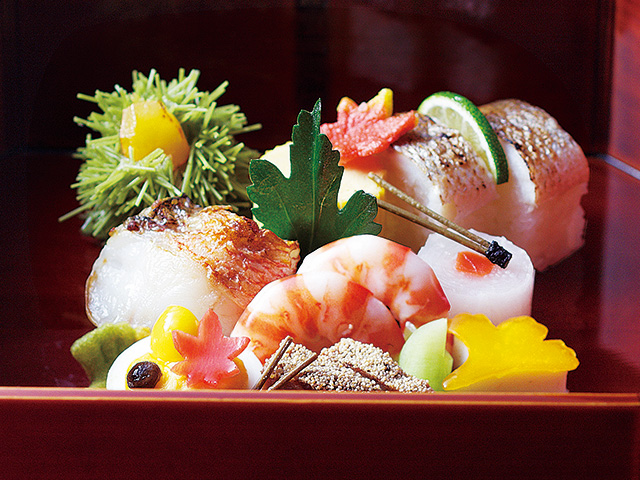
Japanese cuisine is something to be enjoyed using all five senses (sight, sound, smell, touch, and taste). The theme for the 6th WWC is “IRODORI (coloration),” focusing on the sense of sight. Before we have a meal, we first enjoy it through our eyes. IRODORI is a key factor that affects our experience of the food, delighting us before we even take a bite and creating expectations for the taste. It is made up of five colors - red, blue/green, yellow, white, and black. When we are served a dish created and arranged on a plate with coloration in mind, we feel the pleasure of eating. In addition to UMAMI, this year’s contestants will also be tested for their IRODORI - conveying deliciousness through sight!
Send us a recipe that reflect your passion for UMAMI and your sense of IRODORI!
PARTICIPER À UN CONCOURS
TÉLÉCHARGER UNE BROCHURE (PDF)วิธีการสมัคร
ใบปลิว(PDF)